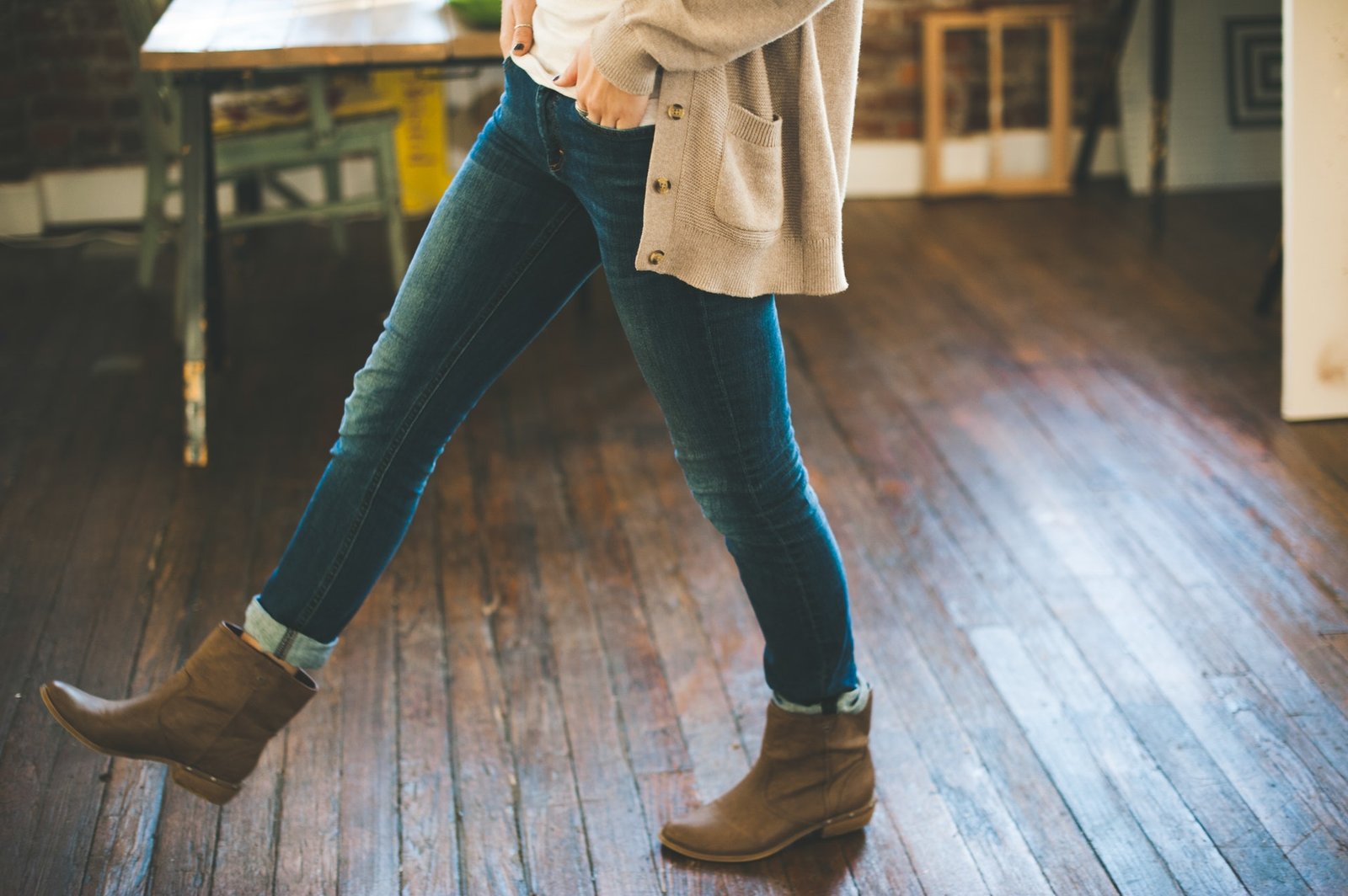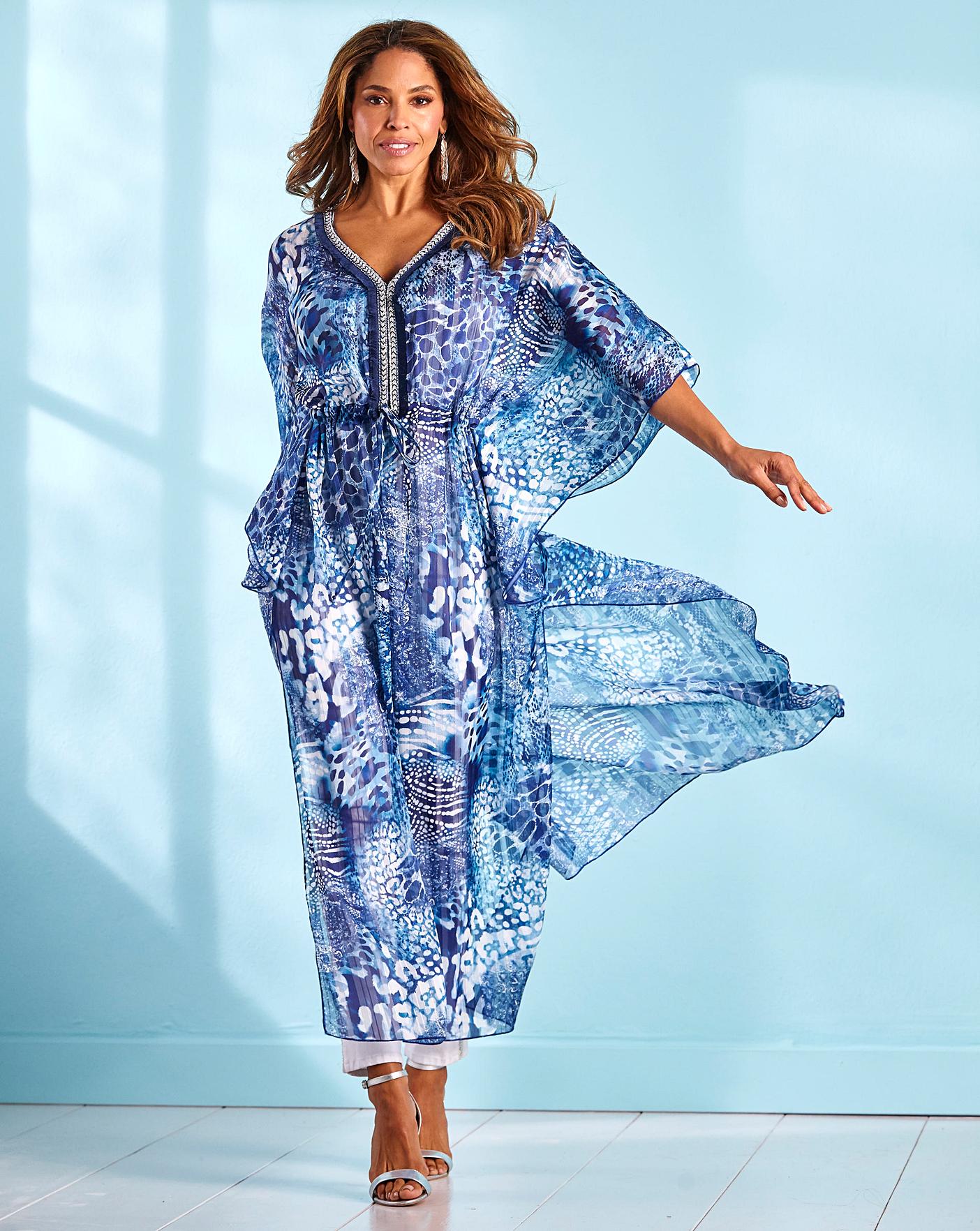Whether you are already a keen crocheter, for example, and are now searching for a new type of needlework to immerse yourself in, or you have never so much as picked up a knitting needle before in your life and want to challenge yourself, either way, you have definitely clicked on the right article.
Continue reading to discover the main types of needlework and how they differ.
Knitting
Just a few years ago, knitting was usually associated with older ladies who spend their time sitting in front of the fire underneath a blanket, but now, knitting is one of the top trending hobbies and pastimes in the UK amongst people of both genders and all ages.
Essentially, knitting involves the use of two needles and literally any color and style of wool you could possibly imagine to interconnect loops with both needles to form a flexible and stretchy large fabric.
Needlepoint
Next, needlepoint is one of the more common forms of embroidery and is the strongest type due to the wool or thread being applied to canvas, which can then be turned into wall hangings, cushions, pillows and even rugs.
It would be pertinent to note that, contrary to popular belief, tapestries found in museums, for example, are not anything to do with needlepoint and are actually instead woven over a large loom juxtaposed over a detailed layer of vertical threads.
Sewing
Sewing is actually often used as a generalized term for all sorts of different types of needlework and indeed, the loose meaning of the term is any craft that fastens objects using cotton stitches with a thread and a needle.
Sewing is one of the simplest types of needlework to get a handle on and The great thing about getting interested in sewing is the sheer range of beautiful and unique fabrics available, like those available from the renowned retailer reallymaria.com, one of the most respected and popular online haberdasheries.
Crochet
Another fashionable form of needlepoint, especially popular with the younger generations, is crochet.
Crochet is the style of needlework which can create expanses of material of any size by using a specially made crochet hook to loop wool around the needle and can be used to produce large blankets, bedding, tops and all manner of clothes for adults, children and even young babies.
Interestingly, the origins of crochet can be traced back to Ireland, around the middle of the nineteenth century and was popularized due to the necessity to find clothing amidst the great famine.
Applique
The fifth and final main type of needlework is the practice of applique.
Applique is a detailed and intricate way of making a plain piece of fabric or textile considerably more beautiful and is usually applied to quilting and patchwork projects.
The key point to remember with applique is that, as it always produces raw lines to the edges of any material you are working with, it always needs to be finished off with a blanket stitch to prevent the fabric from fraying.




